A few months ago I wrote an essay that became known as “A Young Farmer Manifesto” for this blog and also for Civil Eats. That piece spoke to many people and generated a lot of emails and comments and such from farmers, city slickers, eaters and everyone in between. It also brought me an opportunity to write for an upcoming compilation of essays about the young farmer experience.
So I edited and added and doubled the length of the original. It was eventually rejected for the compilation because there was not a personal story involved. I am working to fix that by writing another bit on my own journey to this point, but the original essay will most likely have a new life as the preface to my photography book project.
So, here it is for your review, the new and improved New Blood For the Old Body, a “Farm or Die” screed for those of you stuck in Accounts Payable or the IT Department or some other place where you know you don’t belong. Join us in the creation of a new agrarian experience…
************************
Many of us never meant to become farmers. We had our ambitions to enter the world as accountants or lawyers or teachers or some other clean, respectable professional. We never really thought about the origins of our food or questioned the intentions of those who screen out the realities of farming; we always knew that the supermarket shelves would fill themselves, food came in boxes or cans ready to serve and farmers were simply one dimensional photographs in the mix of a hot new marketing campaign. Sustainable and industrial agriculture held meaningless differences, no more distinction than competing national brands of light duty trucks or diet soda.
But then something happened. In the previously steady route of our lives, a shift occurred. The soil moved under us somehow, got stuck in the creases of our pants, in the ridges of our shoes, in the lines of our palms. Suddenly white picket fences, situation comedies and mutual fund returns didn’t seem so interesting anymore. The big ball game and the driving range became distractions from the reality of a new love affair. We got hooked on the possibilities of growing our own food and also providing that food to others.
The epiphany was likely different for many of us. Maybe a friend took us to a farmers market. Maybe someone had a plate of local hamburgers or collards at a picnic. Maybe the news of some global food disaster made us question the monocultures piled high on our plates. Maybe a real life farmer entered our life.
For a few of us, those with farming in our past – a childhood spent in the fields of the big farms or the family plots, throwing rocks into the hedgerows for little or no pay or watching over milking machines in the stench of industrial sized barns – there was no love, no kind of encouragement, no appreciation for our part in the dynamics of food production. We were simply limbs and calluses then, small gears in a giant cranking clock. We left the farm to pursue something else only to be pulled back hard when it became apparent that we could abandon everything that farming once meant to us. We could make it ours.
Still others came to farming from DIY and anti-authoritarian backgrounds, building urban community gardens or putting up food in anarchist collectives. Gardening always had a community aspect to it, but we wanted something more. We knew that we could do the work, that we had the right vision and skills. We just needed the access and the resources to get started.
Regardless of how we arrived at this point, here we are; we will call ourselves farmers from now on. We are transplants from cities, dropouts from university systems and ex-corporate shufflers. We are mothers and sons and grandparents, masters in communications, colorful documentarians, shy propagandists. Most of all, we are teachers and students inhabiting the same bodies and breathing the same air.
Our young and new farmer movement is made up of many itinerant folks, traveling to places we want to see, gaining knowledge we never thought we would need and forming the basis for our own theories on agriculture. Our commonality with the landed and the stable is the soil and its layers. More specifically, our bond is in the ways we approach that soil and our desire to grow food in a way that builds on a sense of the farmer never dying. The immortality is not functional but symbolic – if you imagine that you will need to use a piece of soil forever, you will never intentionally do it harm.
This intentionality is not a new idea, but neither is it very well known in the information age. It is buried in our collective past, not necessarily waiting to be discovered, but intact and beckoning nonetheless. To get to the guts of it, we are throwing away the agricultural methods of our parents and grandparents, even subverting our great-grandparent’s proud thoughts of survival amidst the coming surpluses. Things may appear as cobbled together bits of dust and weight and worn out shovels, but its functionality in an agrarian way of life is apparent with very little inspection.
We stand in the books and plots and ideas of the past, pulling out the rusty pages and diseased cells in order to build something practical from the obsolete and misinterpreted, rewiring the seed catalogs, rewilding the crosswalks, reconnecting the pastures to the kitchens.
So here we are, doing more than is required of us, daily pushing the boundaries of our bedtimes, our muscle structure, our hunger pains, our balance of minimalist living conditions with the reality of satisfying relationships. We don’t need justification for living this life, but that rejection of validation won’t feed or shelter our families or protect our chickens from roaming dogs. We have concrete needs – access to land, to capital, to markets – but we cannot ignore the bounty before us as we seek to satisfy these needs.
We have to live farming as it happens, at our level, at the pace that we can move. The weeds don’t and won’t pull themselves; the new beds won’t magically appear out of spilt potting mix or the crumbs of a quick dinner of sandwiches among the paths. Anyone who tells you that growing food is simple is a lunatic. Anyone who tells you that having animals lessens the physical workload is a liar. But we stick the possibilities of a simpler, easier way of life in the context of the larger ecology, the massive inebriation that defines the world and my generation. If we are to sober up, we need to get moving.
We are bridging eras, going about tasks the hard way but with newer tools and even newer outlets, burrowing into ancient methods and supplementing with our own big-brained flourishes. A generation of reclamation, telling our story to groups of people that may have never been inspired to so much as think about how a piece of grass might pop from a crack in the sidewalk. The whisper is that we are here to exploit those cracks, get our dirty fingernails scratched with asphalt and debris while attempting to save the disorientated souls of the material apocalypse. We young farmers have the double task of growing food for the community as well as being able to communicate about the process and our decisions in spaces that are new and possibly uncomfortable.
The pictures we take of ourselves hang in art shows and stand out in glossy magazines; our recipes are printed on cardstock and handed out at tradeshows; our words bring excitement to readers wishing that they too could participate in the riot that is small scale sustainable agriculture. This riot exists outside the handshakes and millionaires of the agra-political grease machines, knowing, with the certainty of the tides, that the transactions we despise will occur no matter how long we scream, no matter how far we march, no matter how many letters we write. It is not defeatist or abandonment of the successful tactics of the past, just recognition that we can do much better with the actual actions of farming in sustainable ways, demonstrating to the consumers and wholesalers and value-adders that we are successful despite their dismissals. We cannot change the culture without changing the culture; yelling and otherwise carrying-on never has set a sweet fruit or fed a piglet, and I will bet it never will.
We love this life – we have to – but sometimes we can feel that we don’t own it, that it owns us and grips us in a way that will never shake us loose. In those moments of weight we can only shrug, pull on the rubber boots and move deliberately until the fireflies speckle the whippoorwills’ breaths. Throughout all the highs and lows we can look at ourselves over and over again knowing that, if we stick to our ideals, we can do noble and appropriate work no matter what happens.
We are the new blood in the old body.

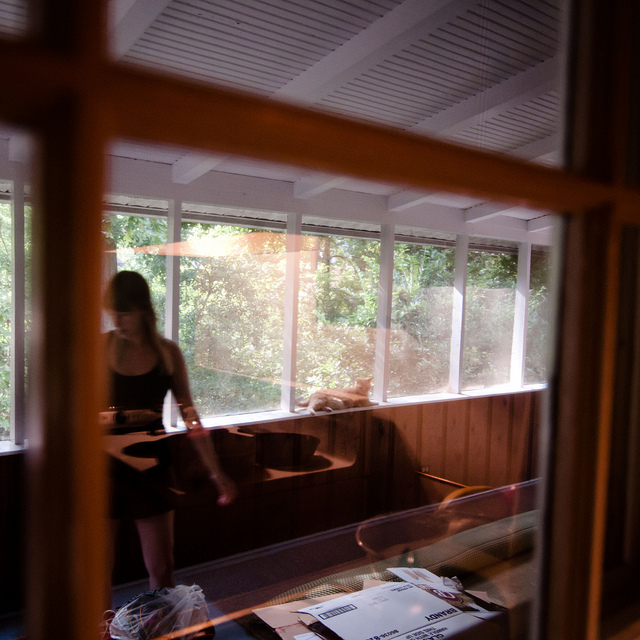
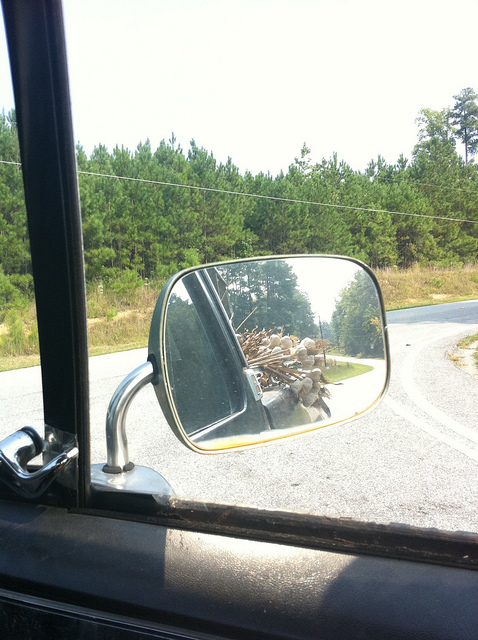
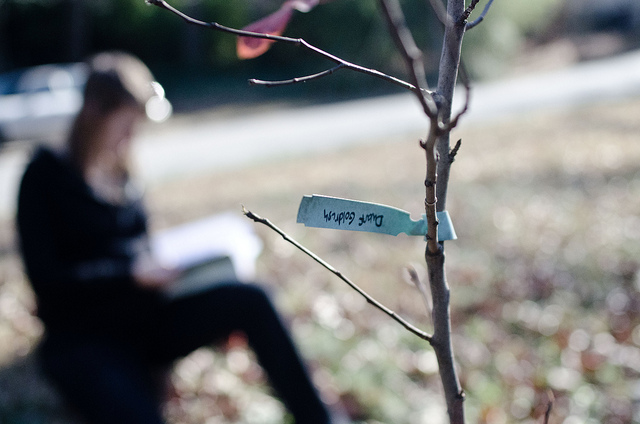
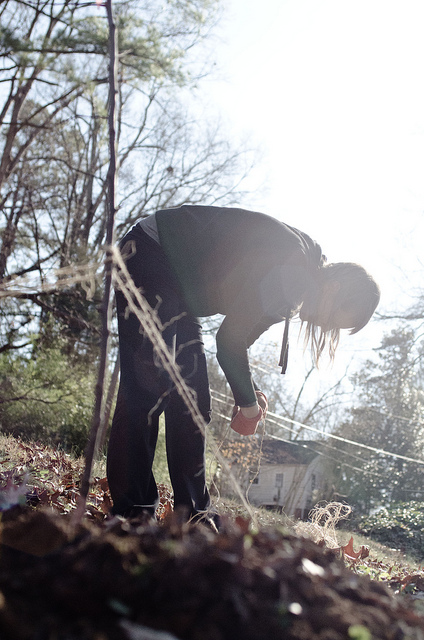
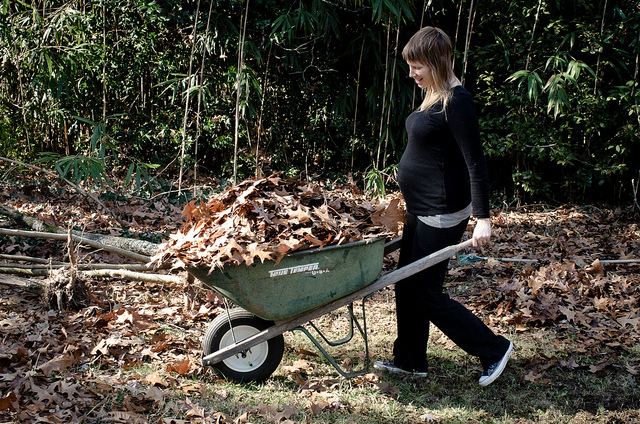

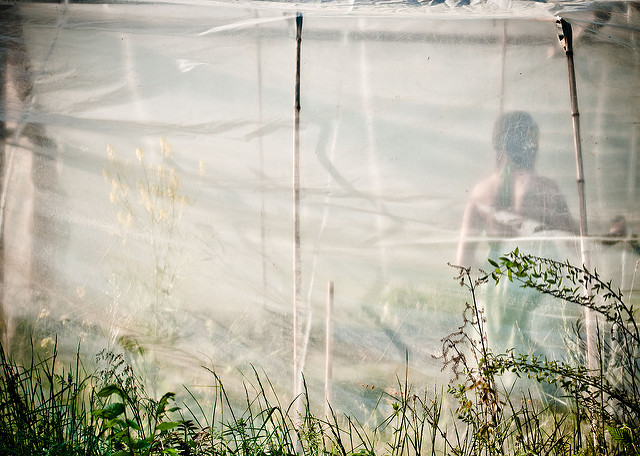

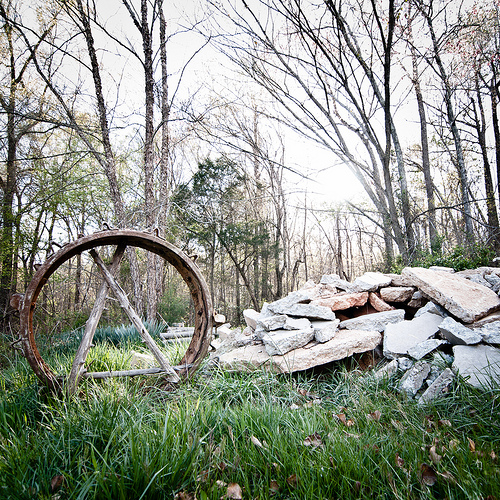

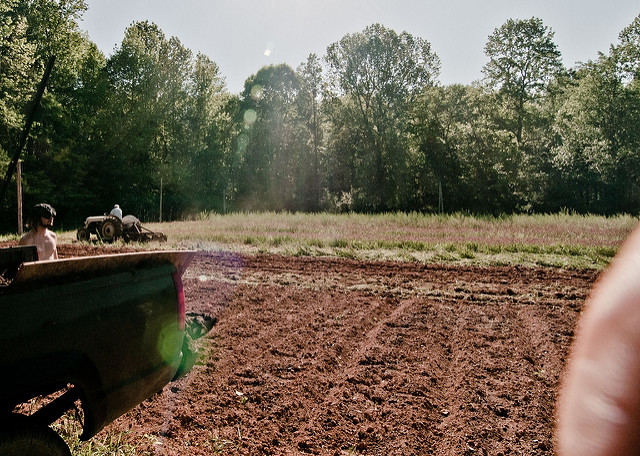

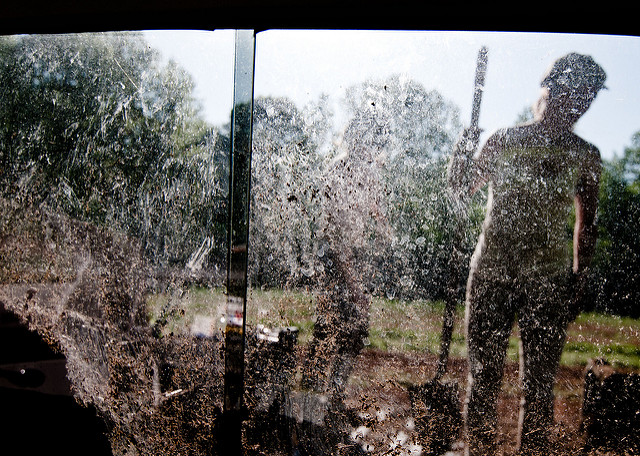

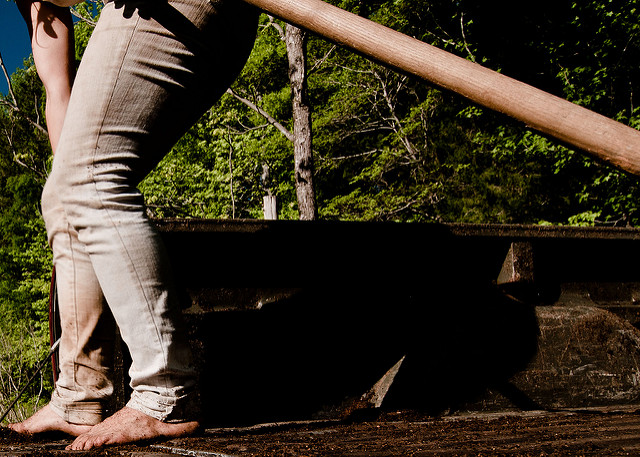
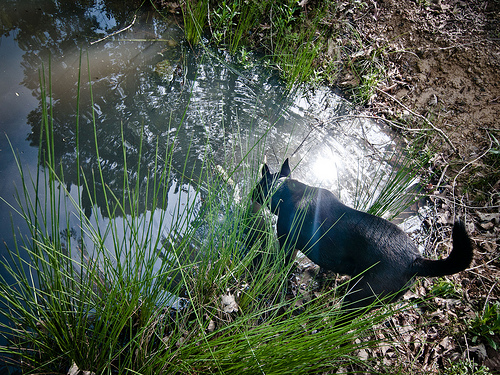

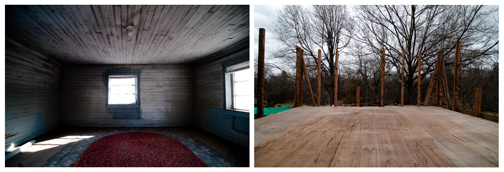

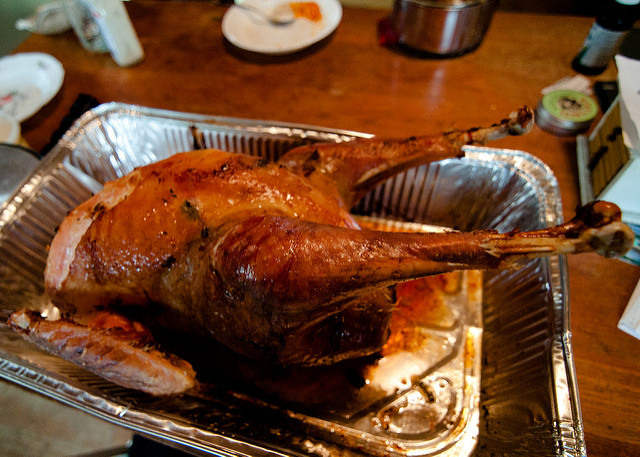

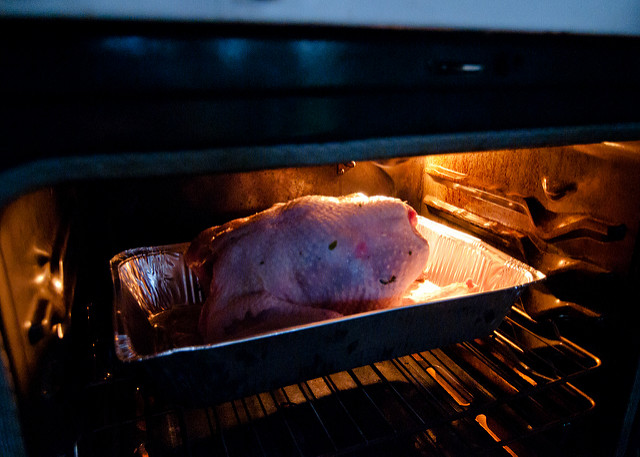
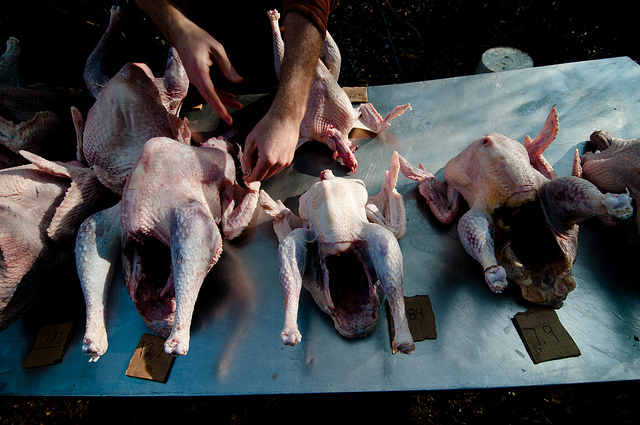
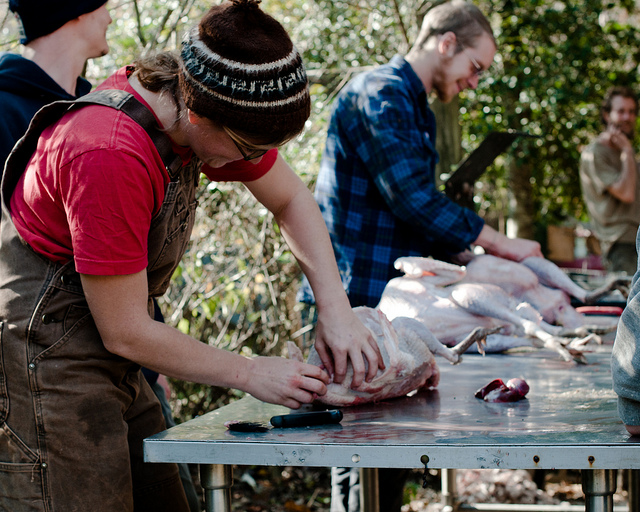
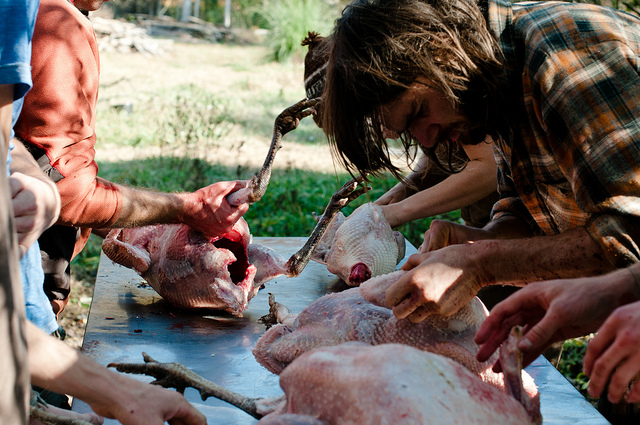
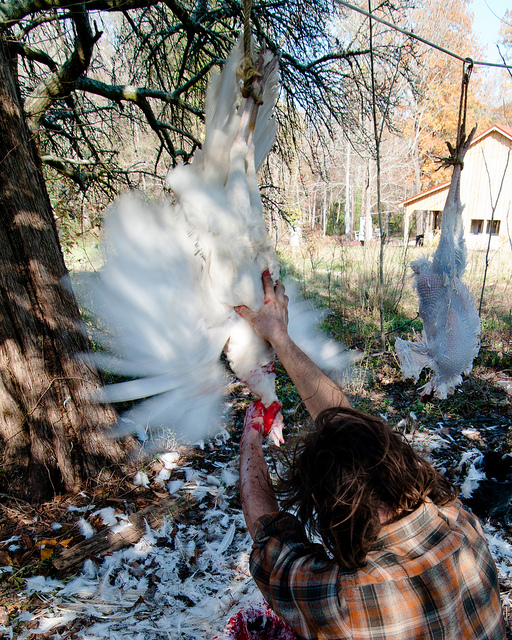
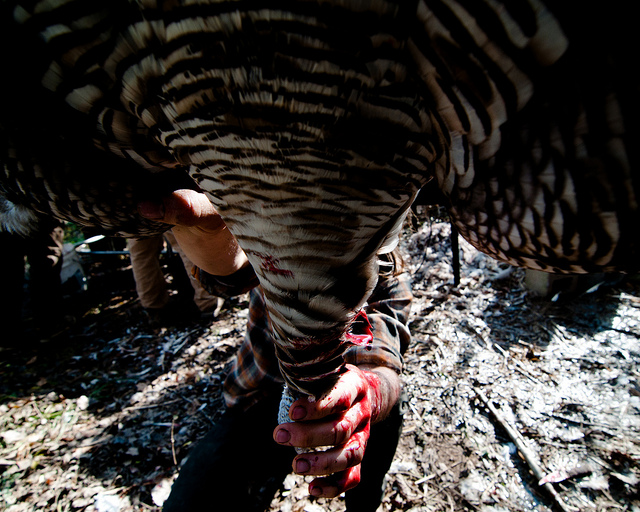
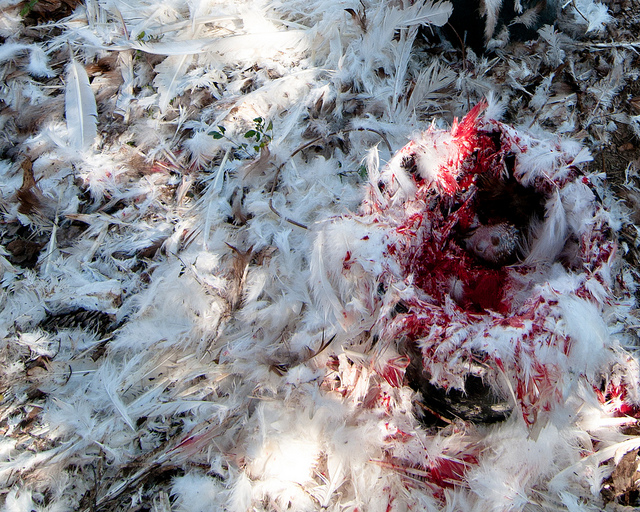
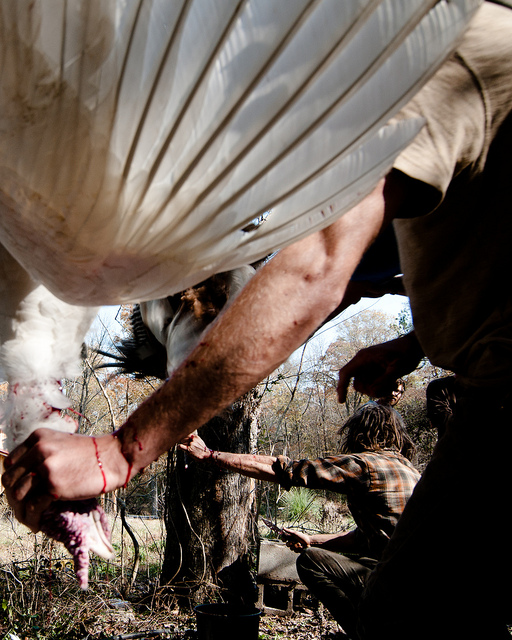
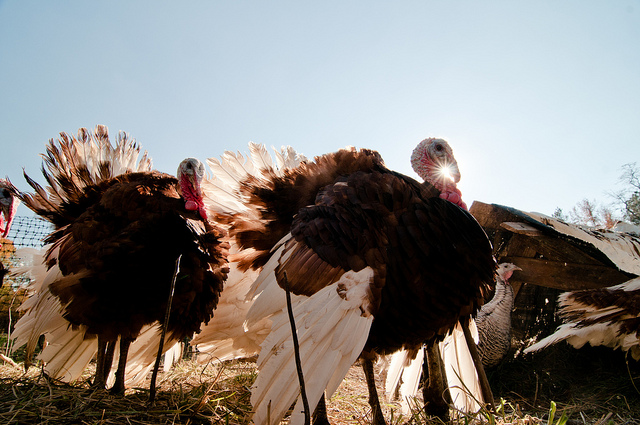
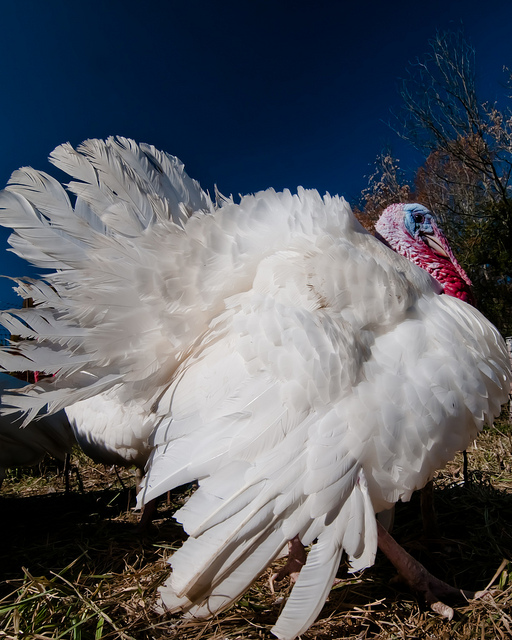
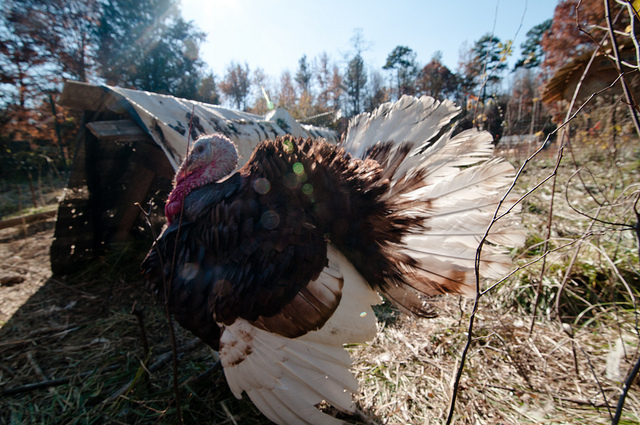
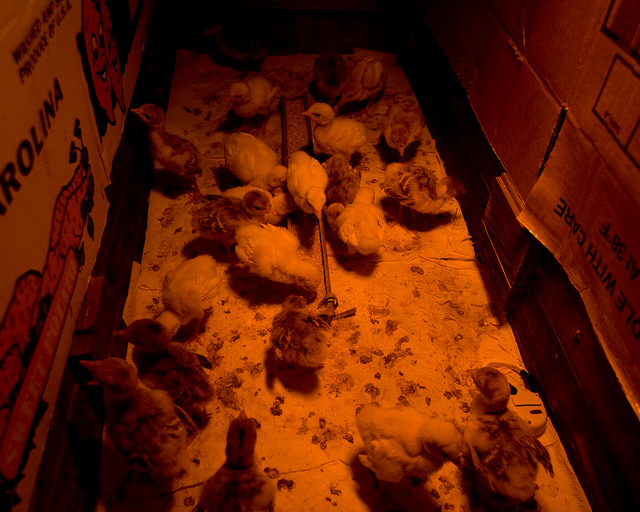
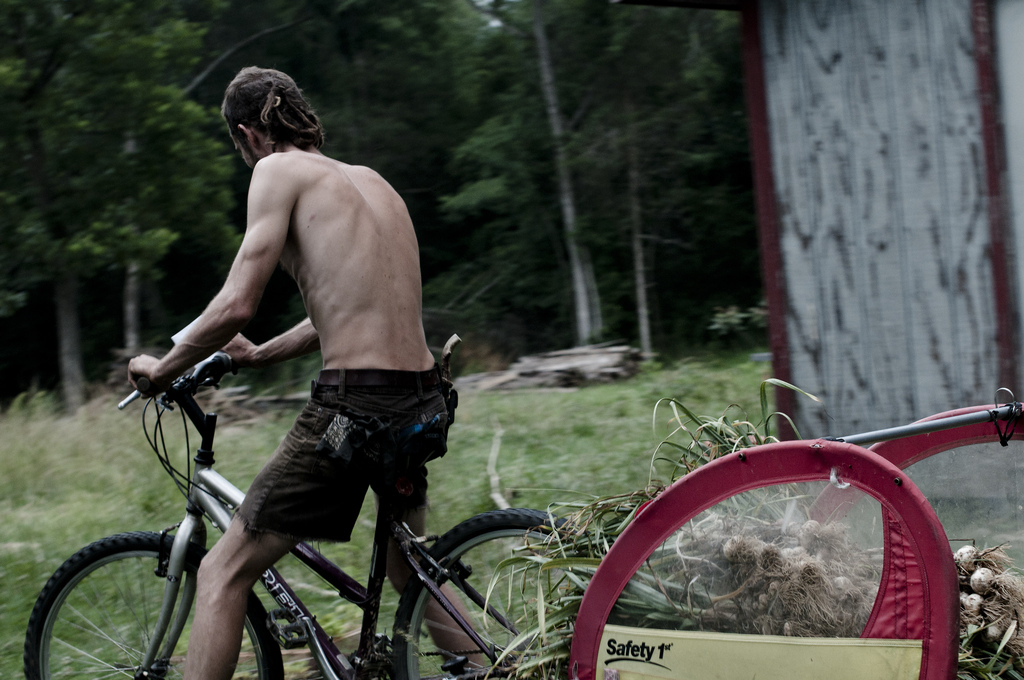

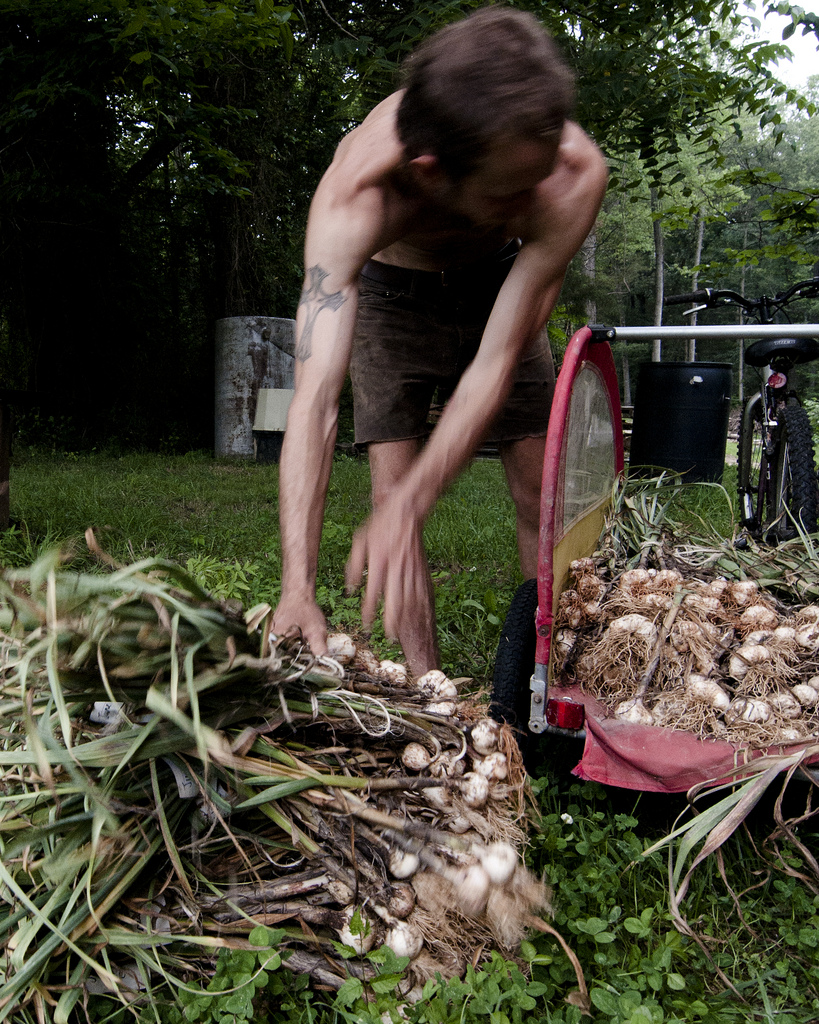
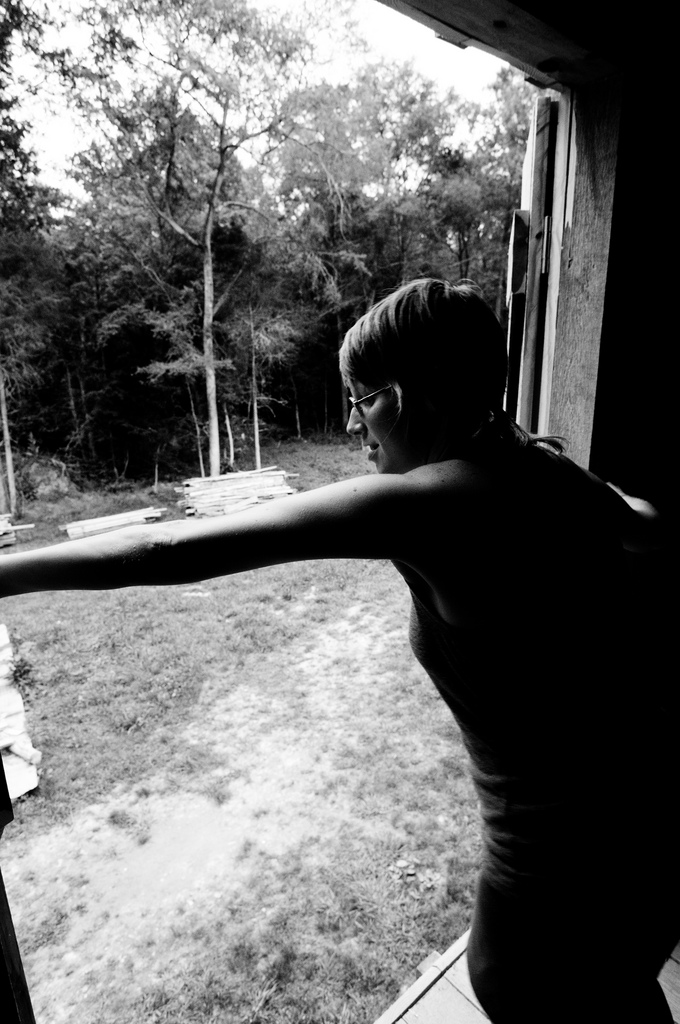
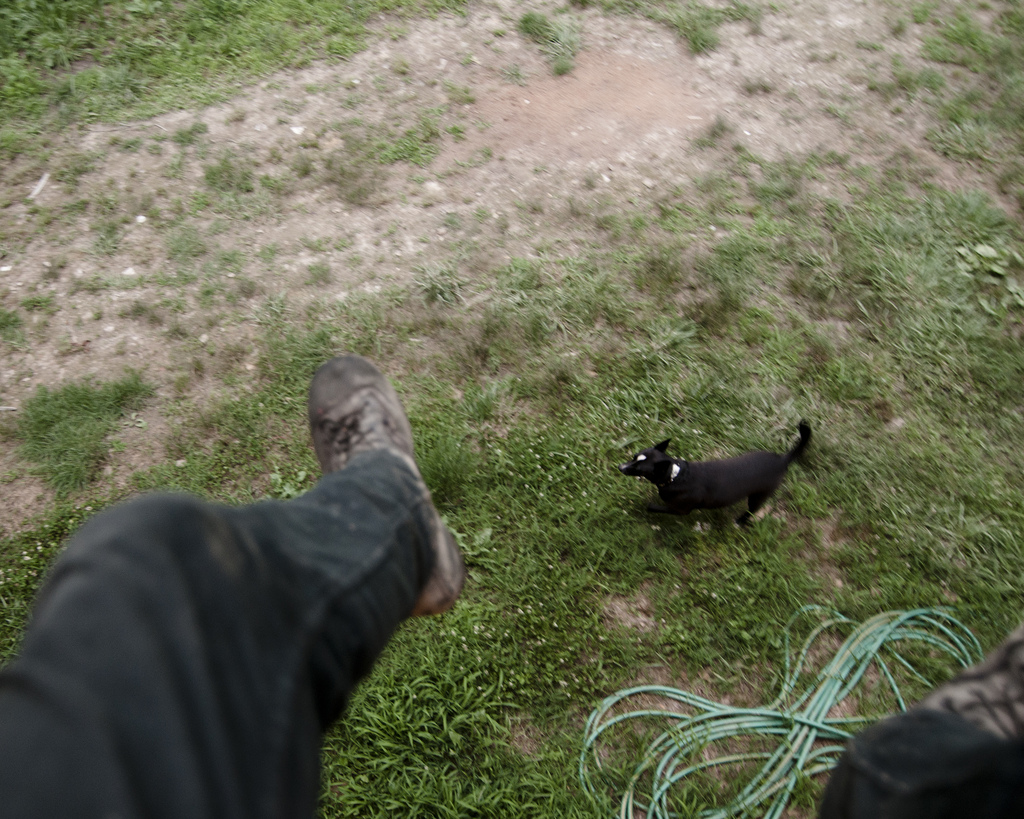
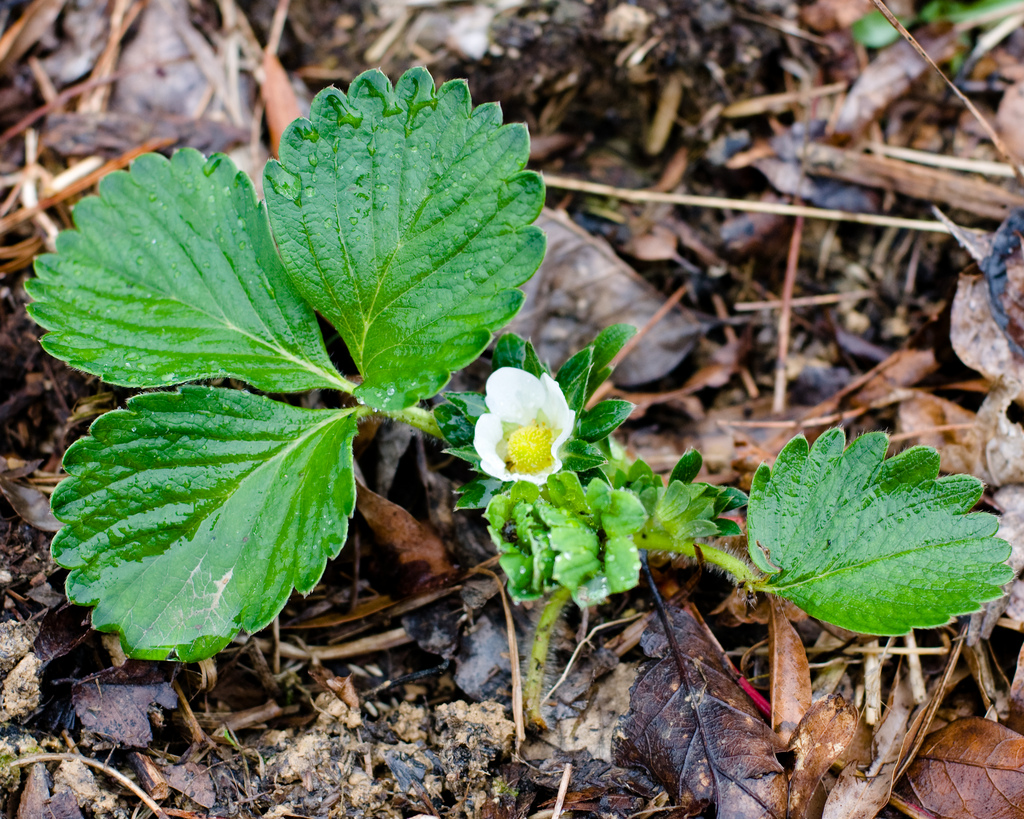

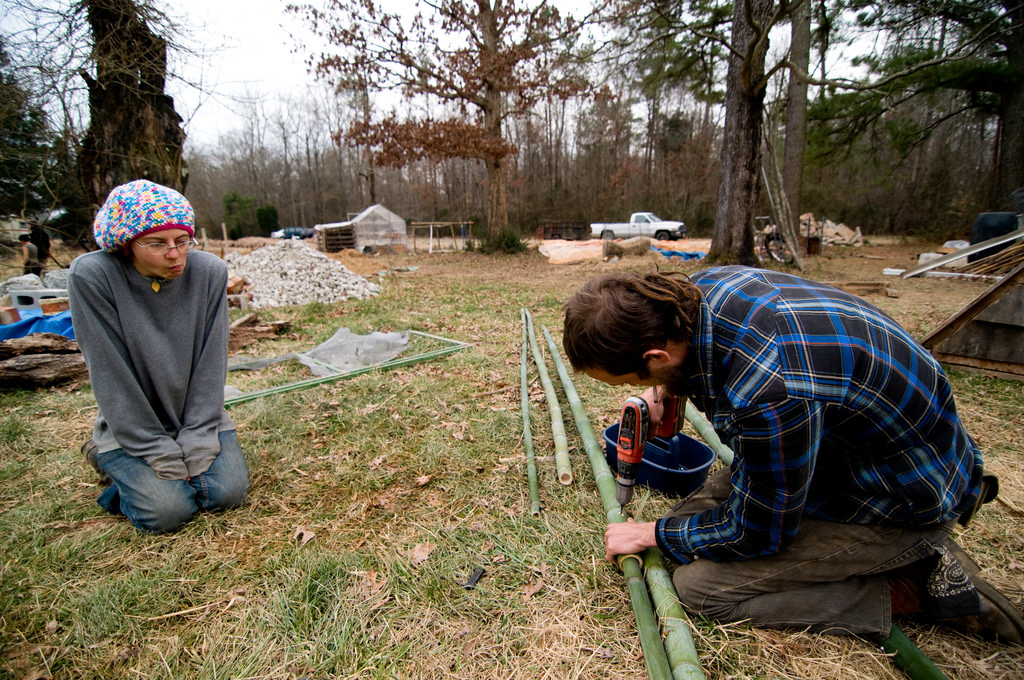


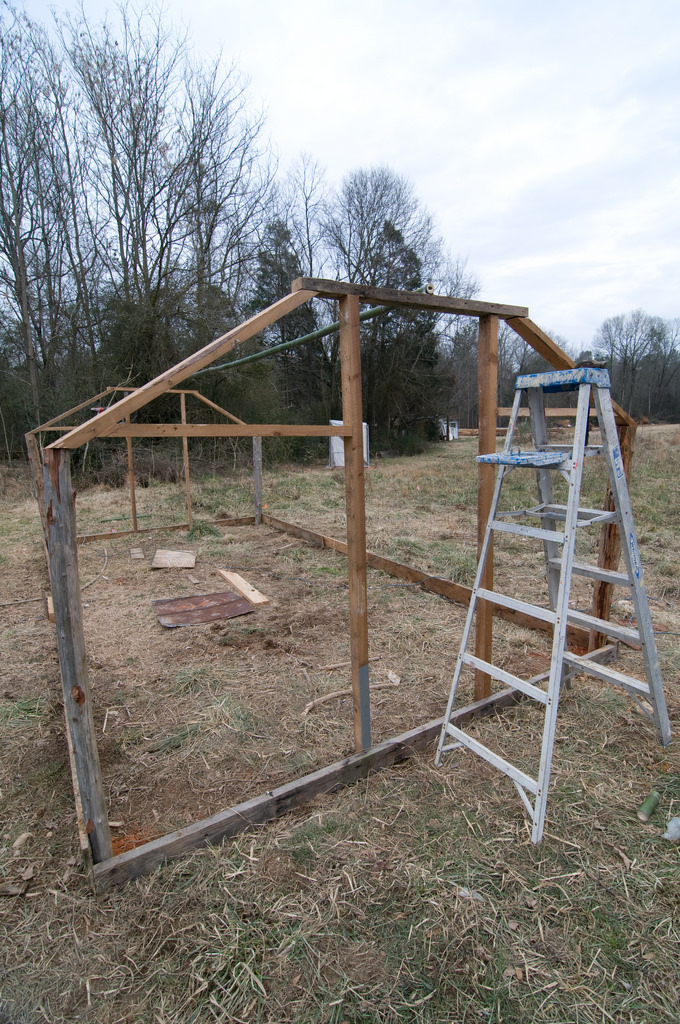

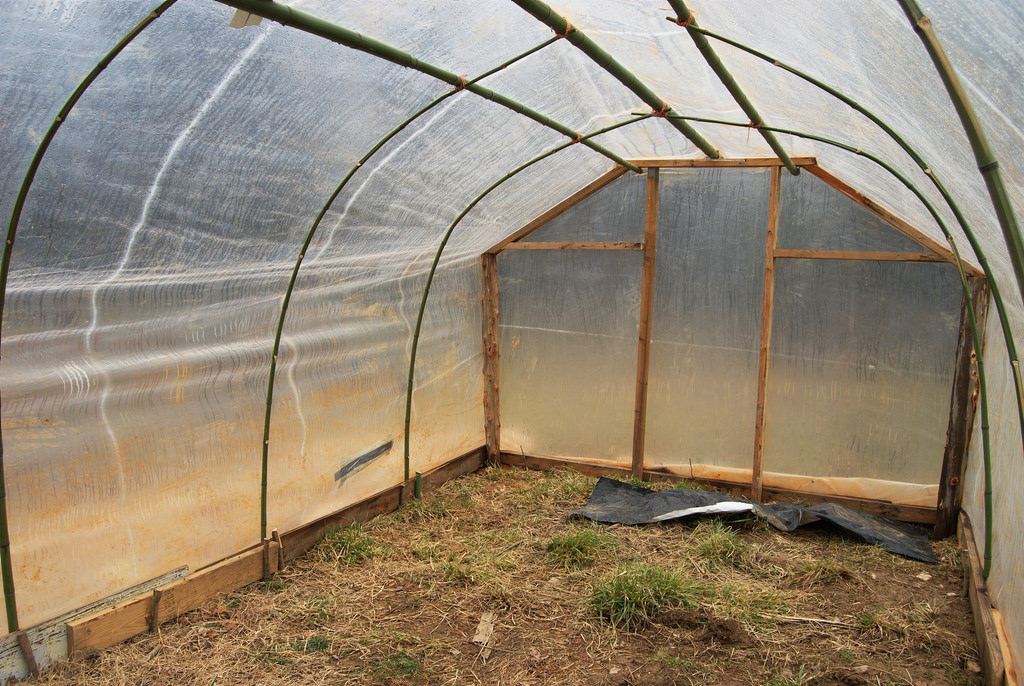
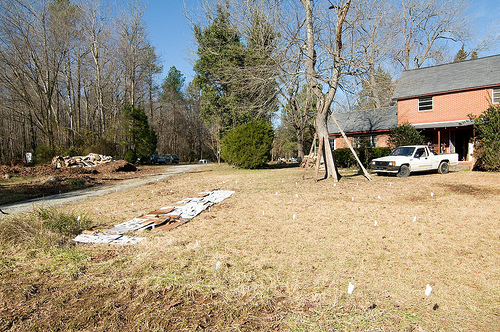

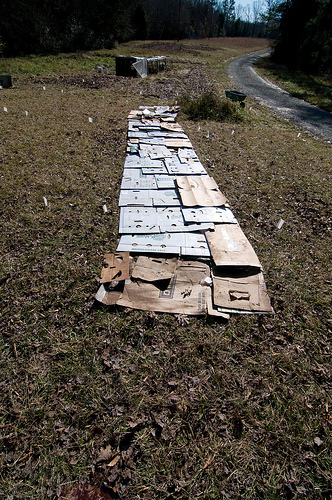
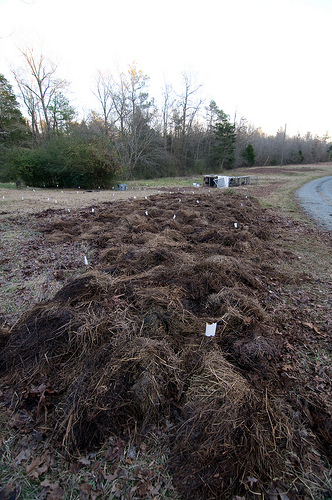
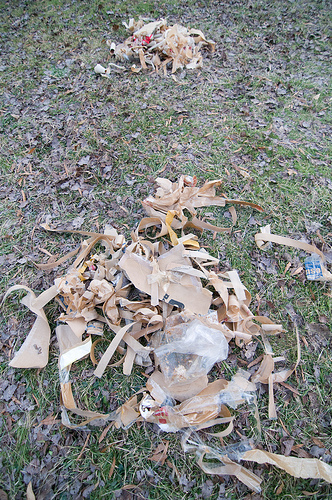
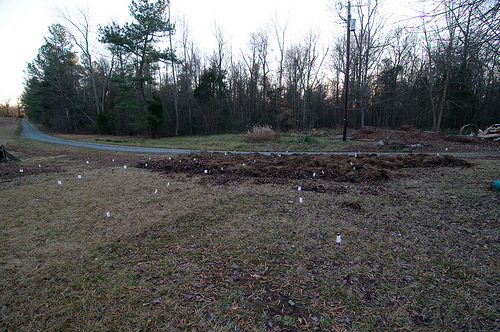
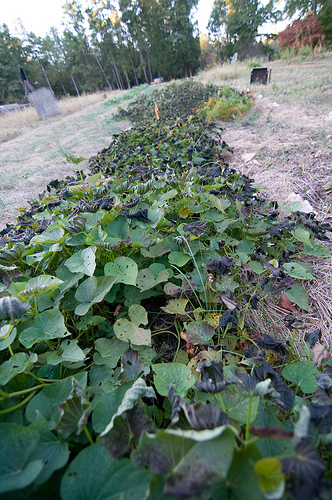


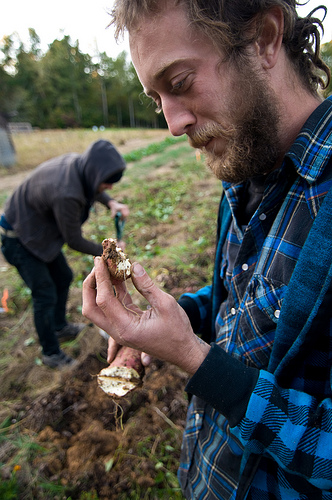
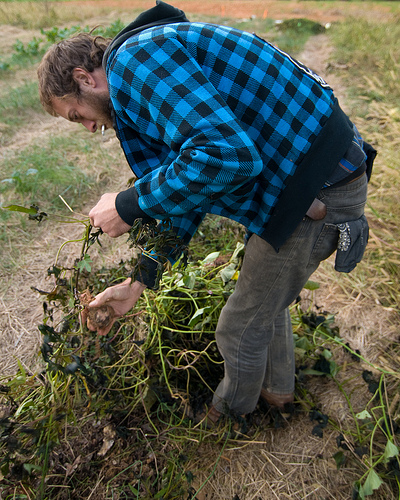
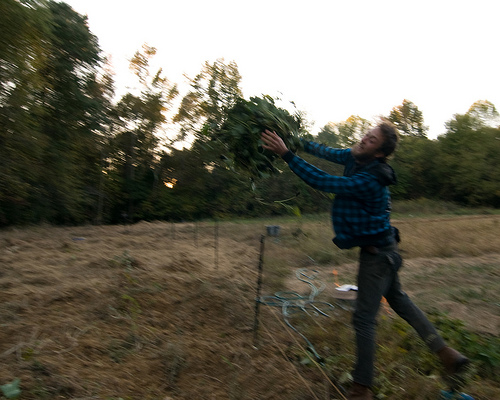
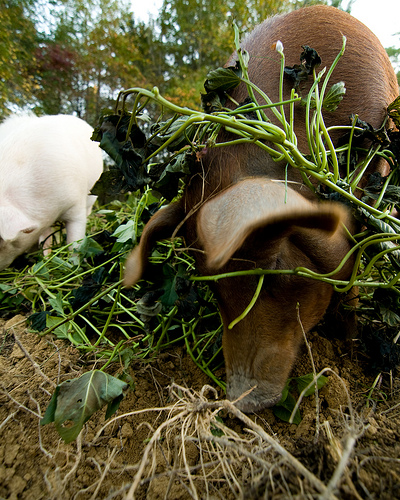
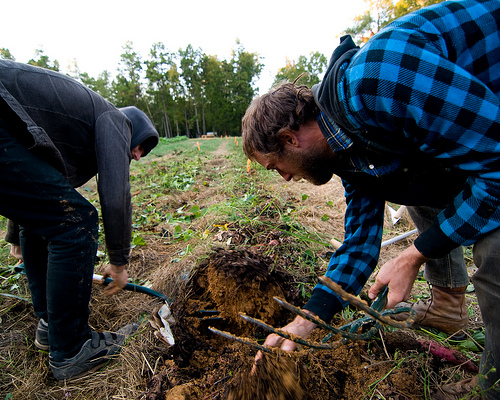
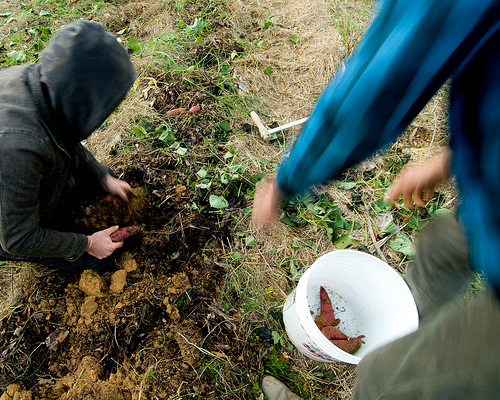
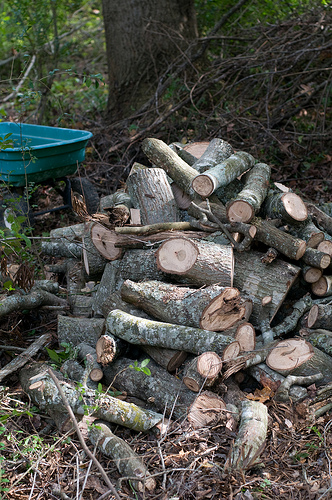

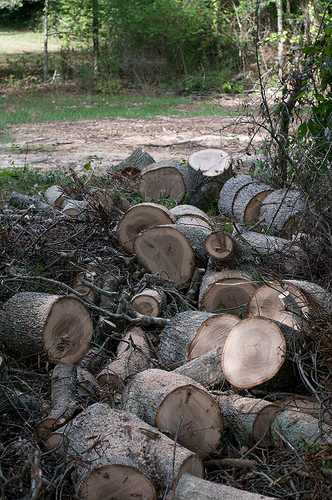
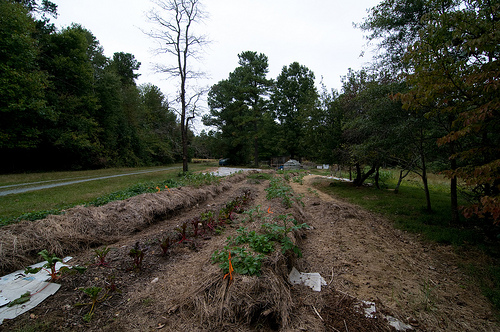

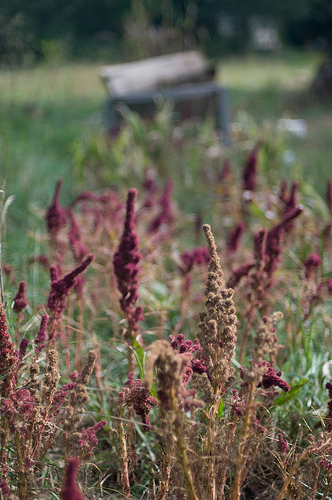
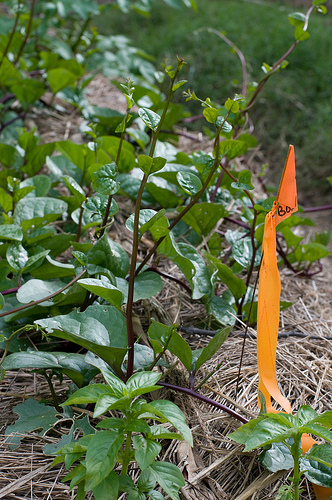
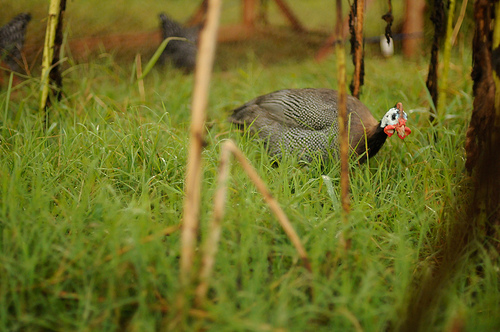

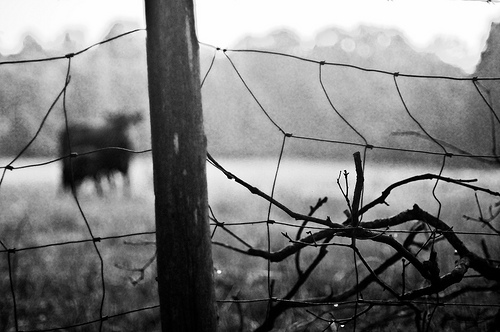
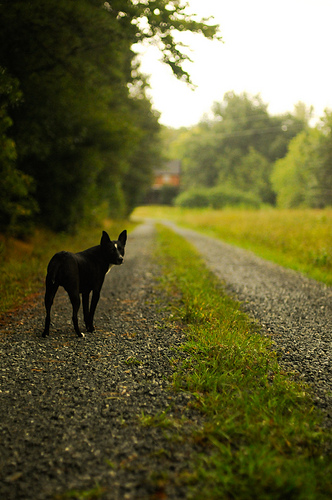
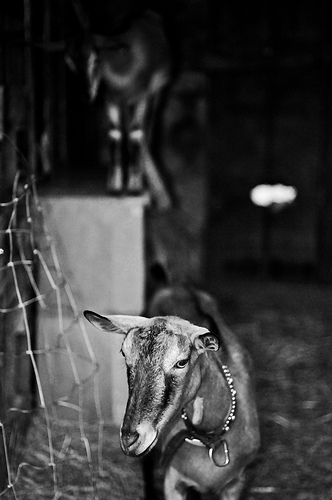
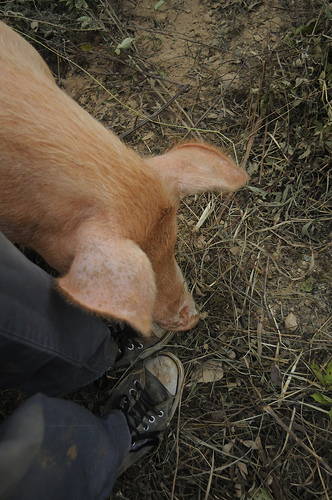

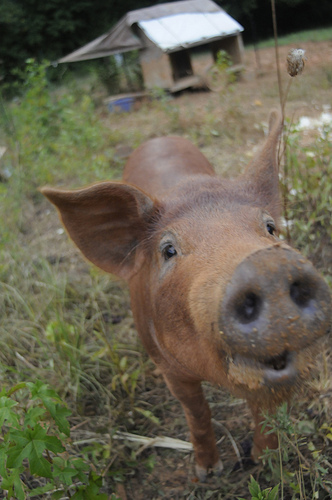
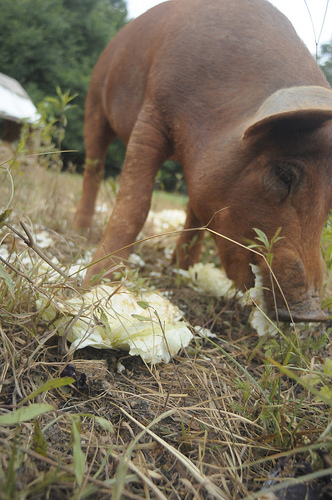
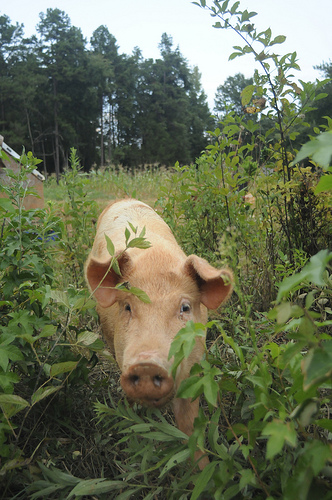
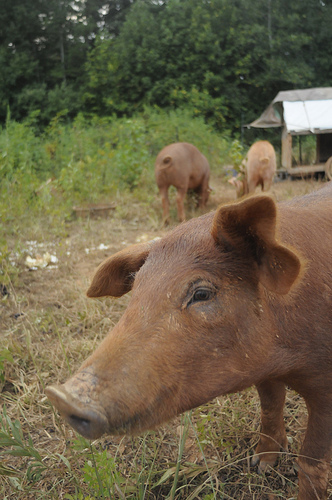
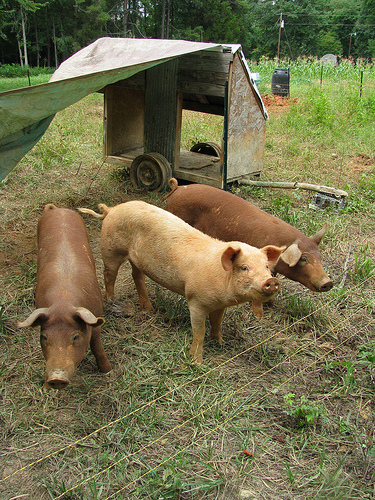
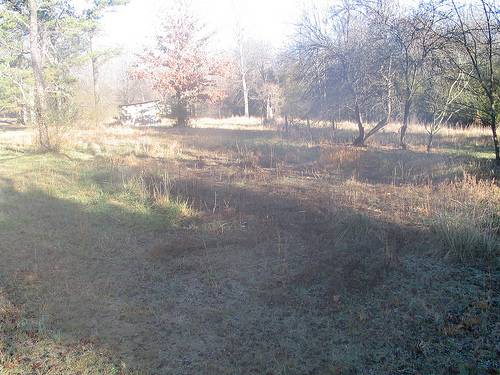

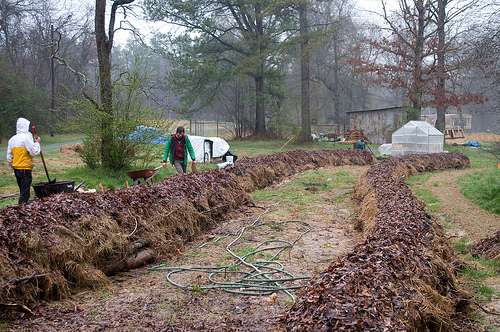
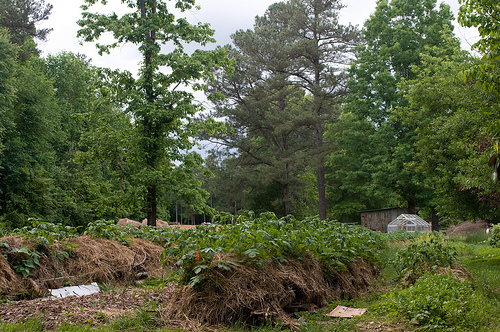
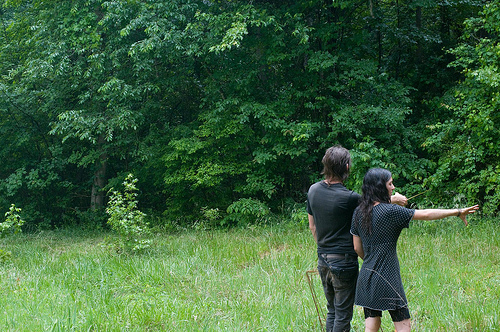

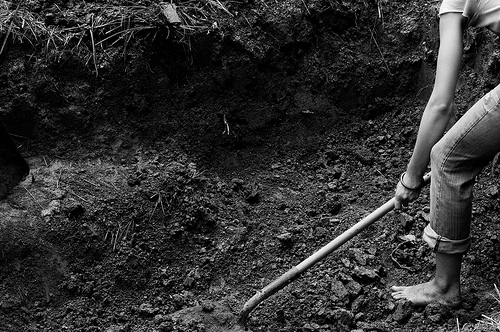
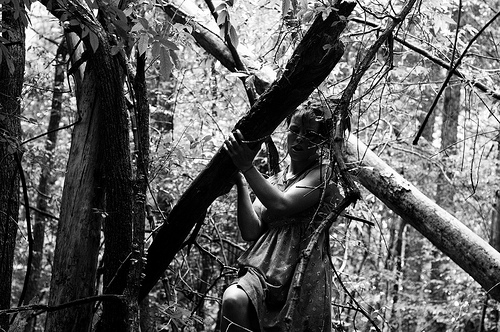

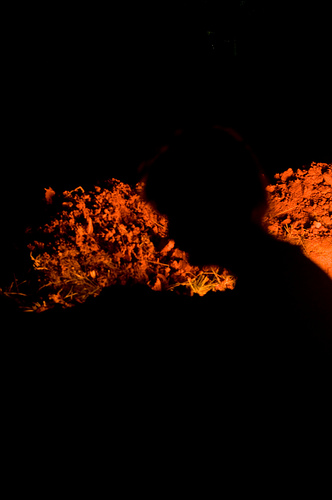
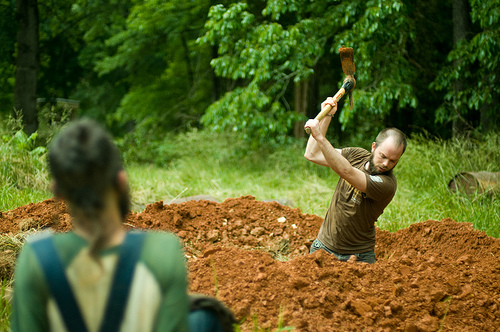
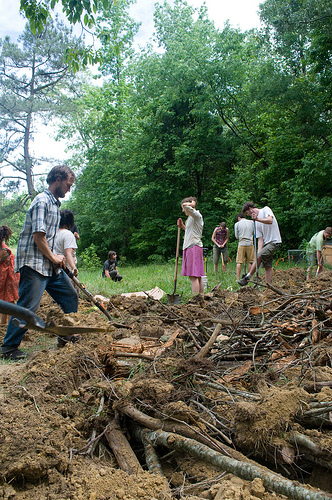
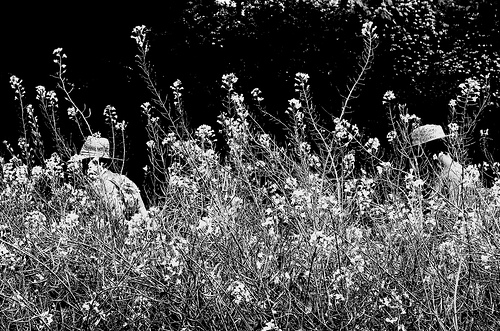

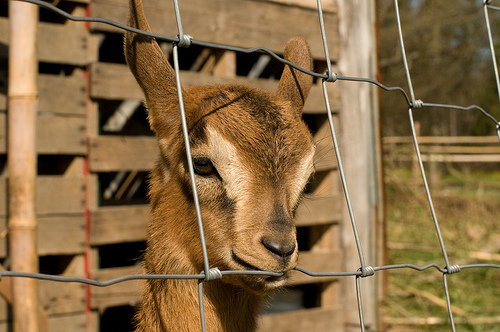

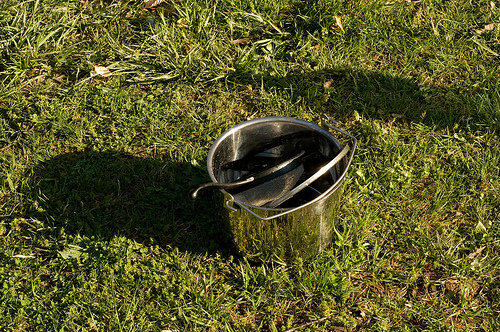
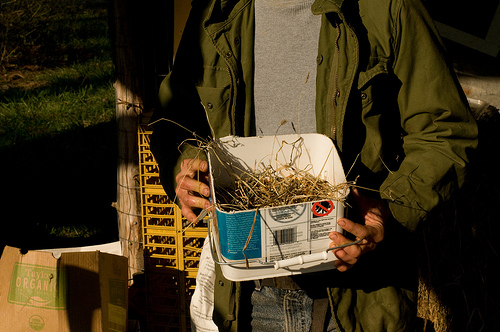
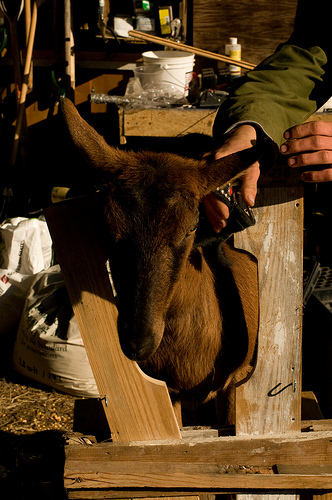
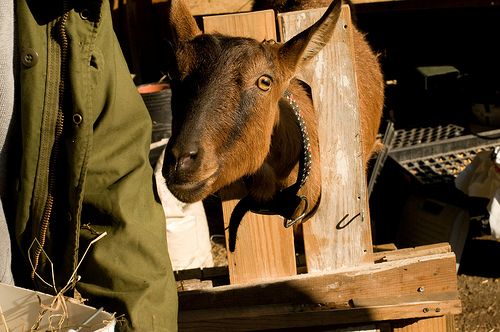
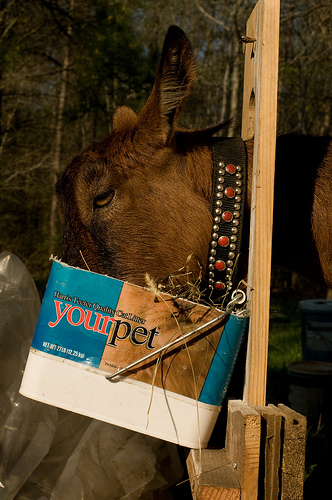
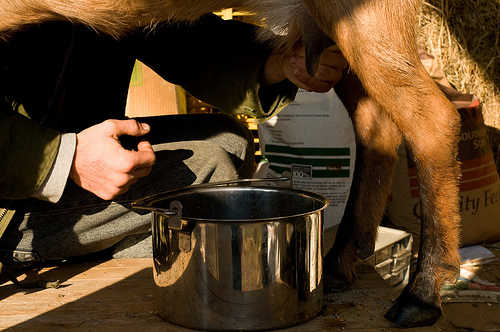
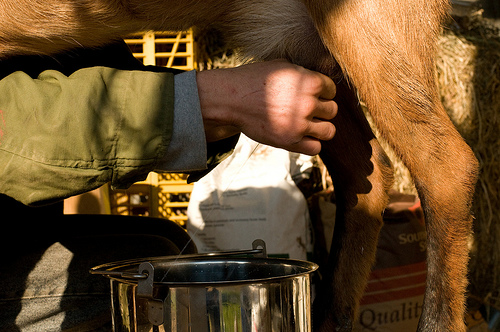
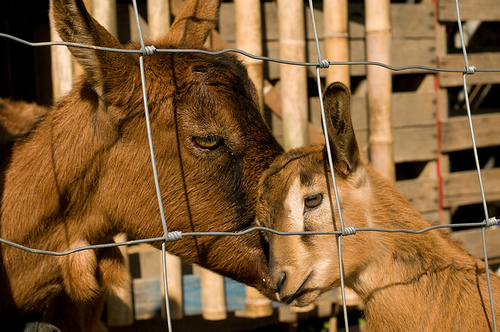
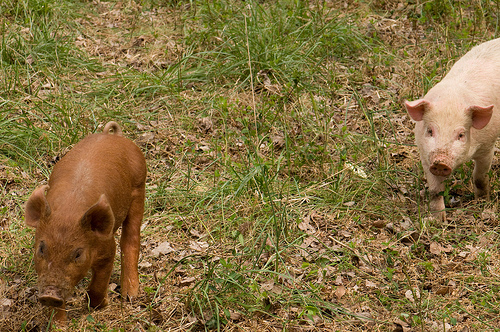

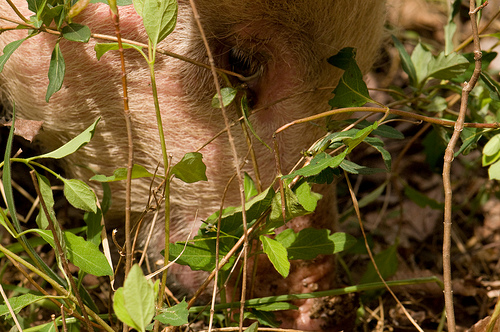
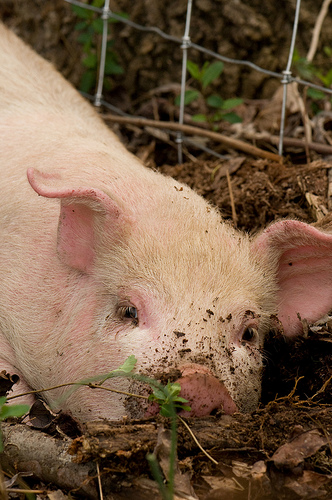
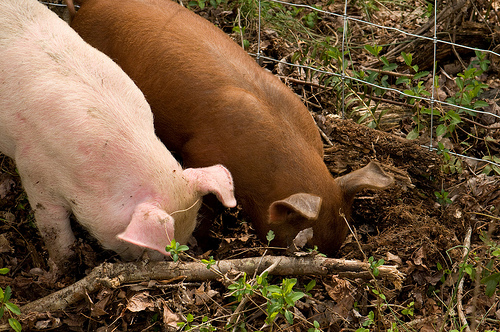


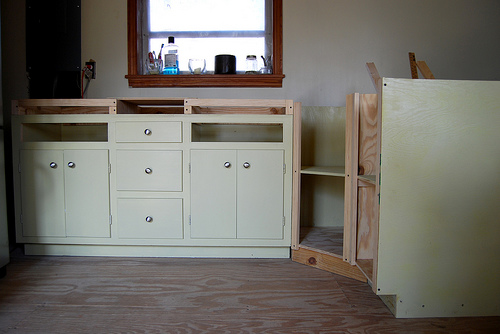

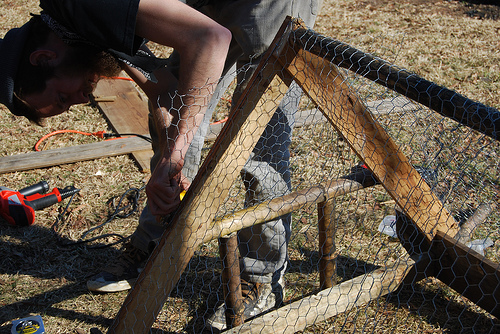
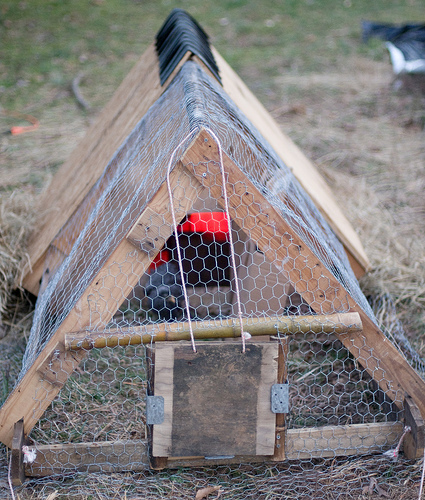
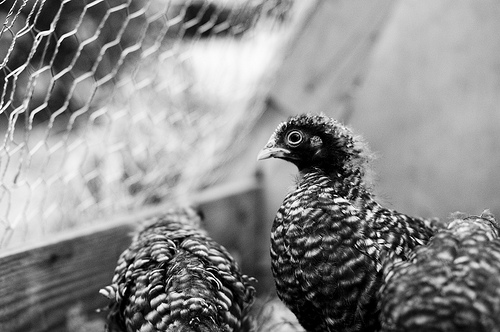
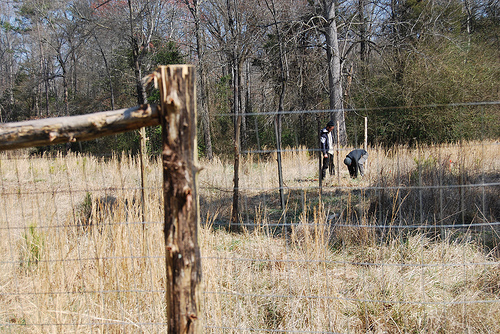
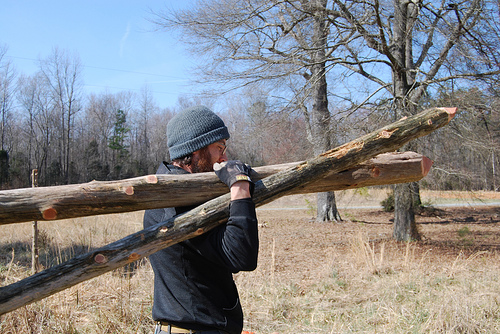
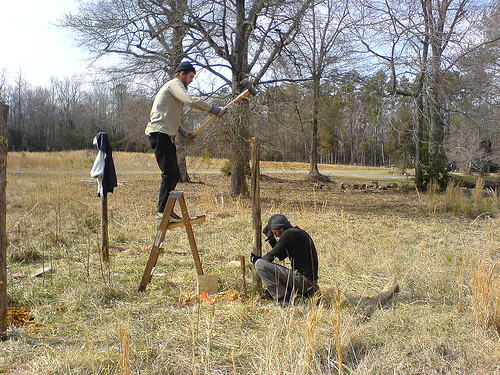
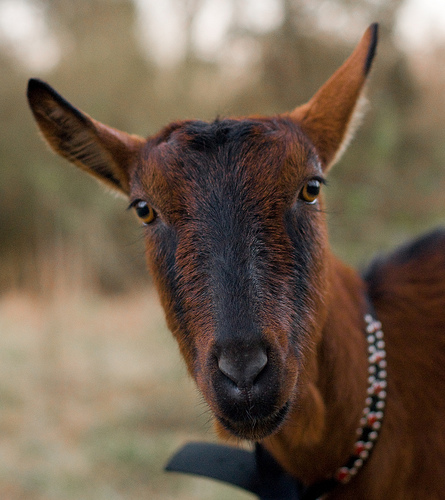

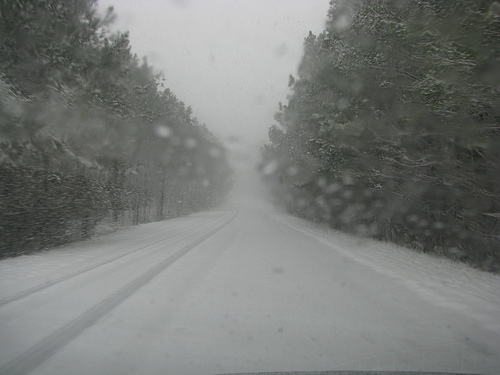

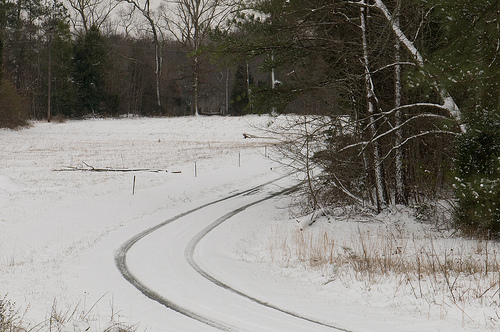
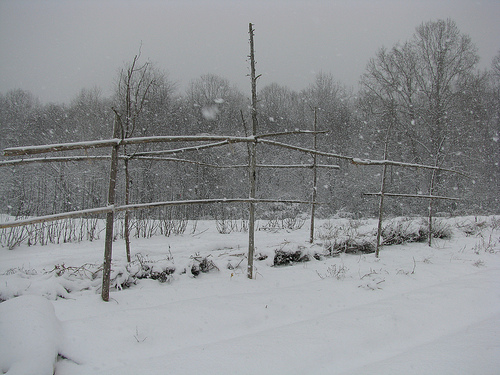
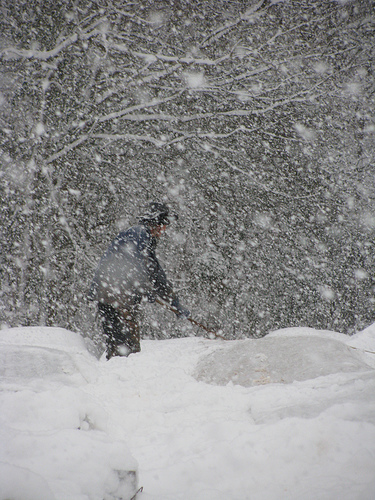
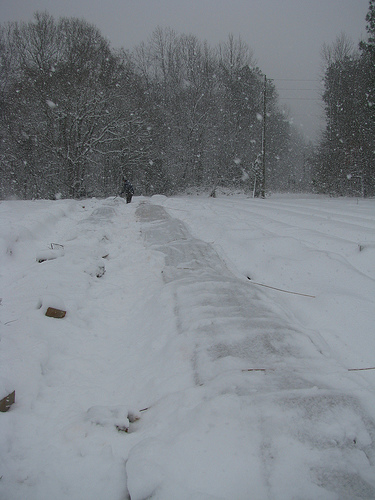
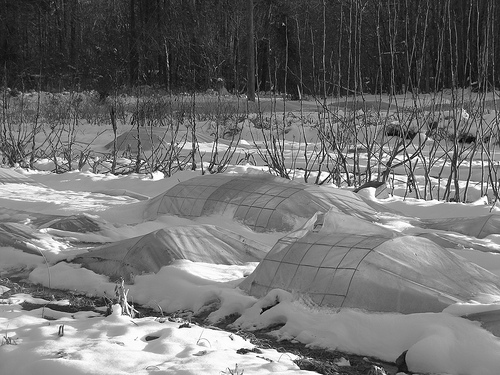

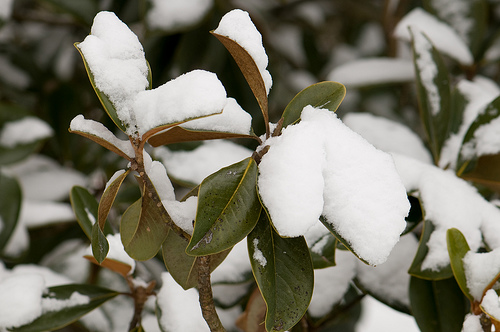
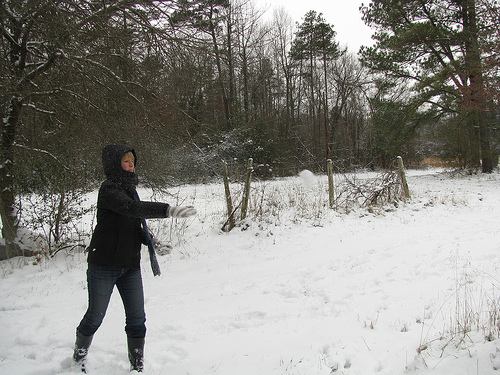
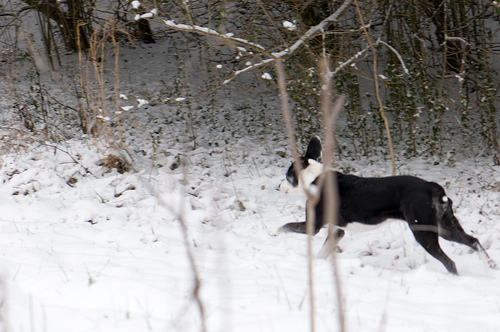

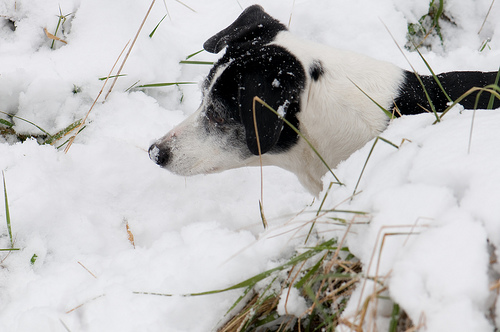
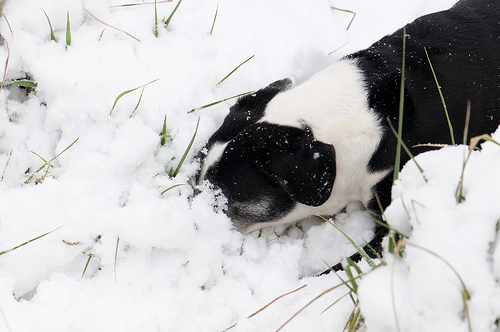
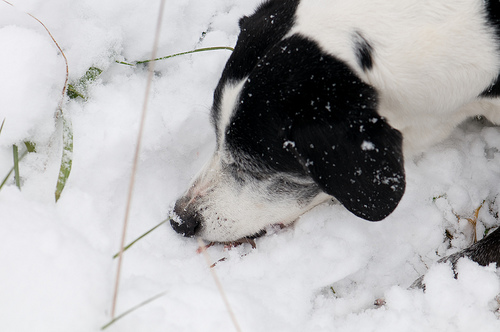
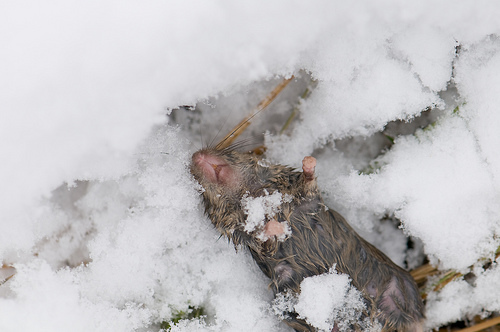
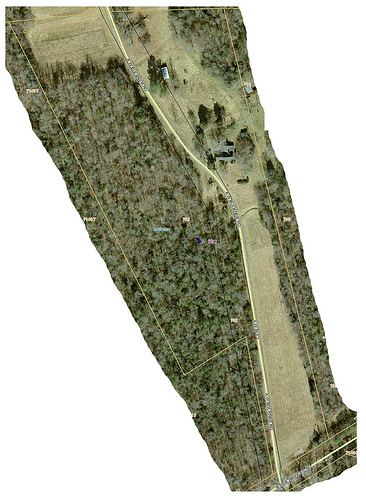

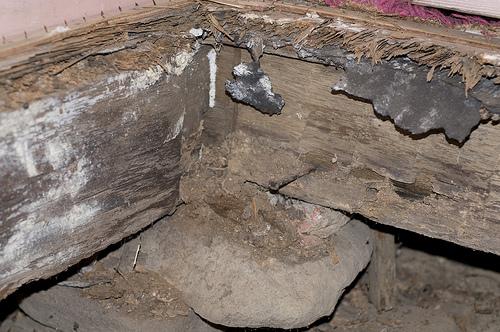

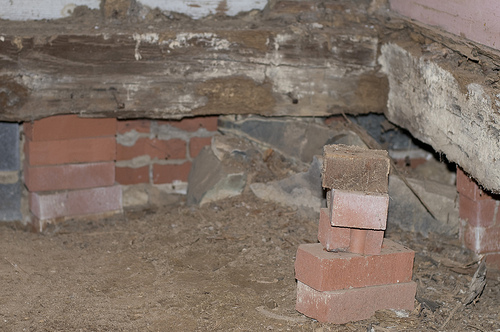
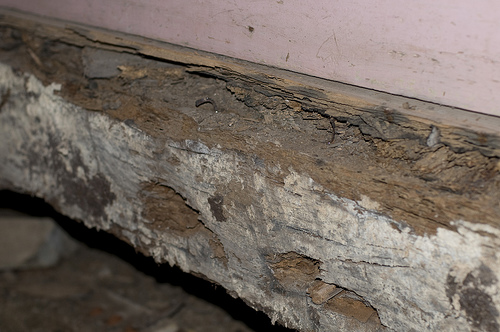
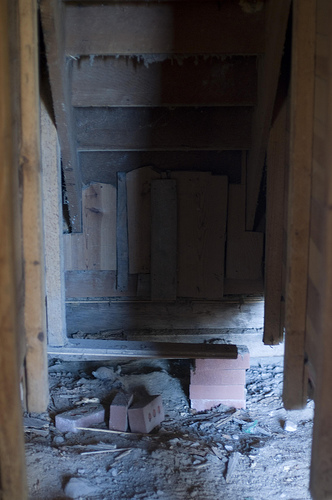
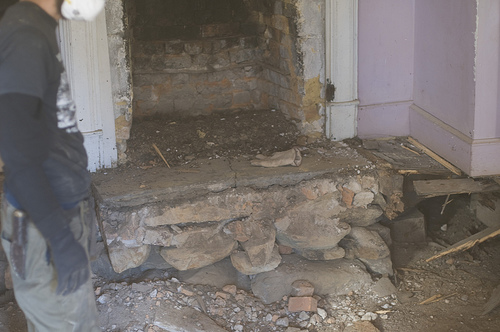
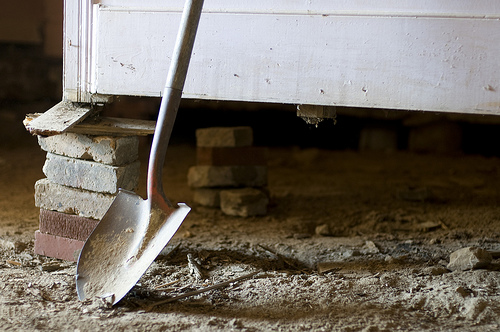
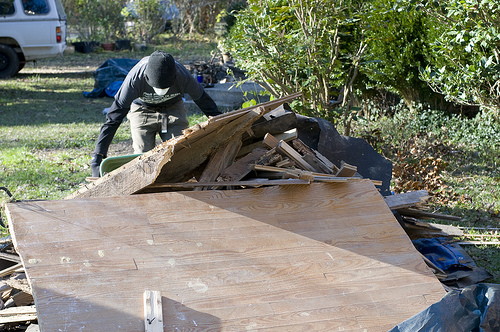
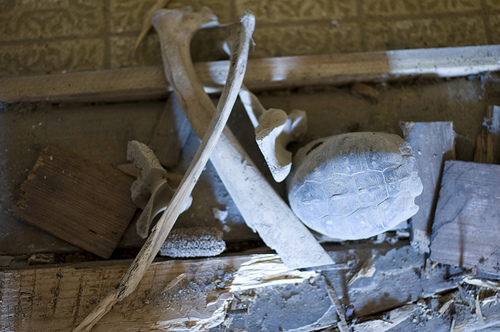
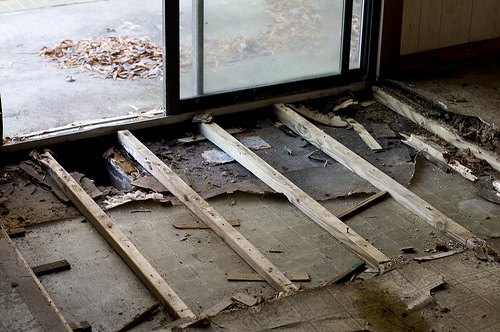
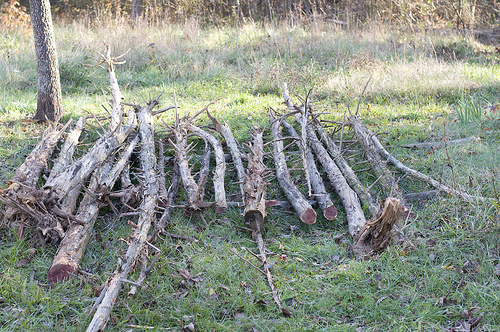
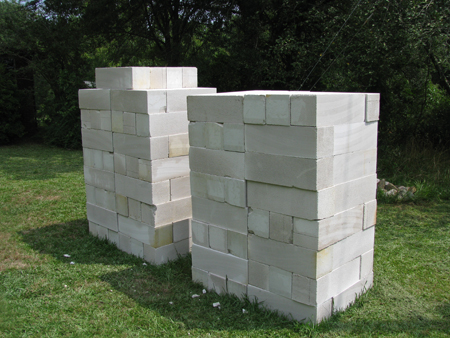

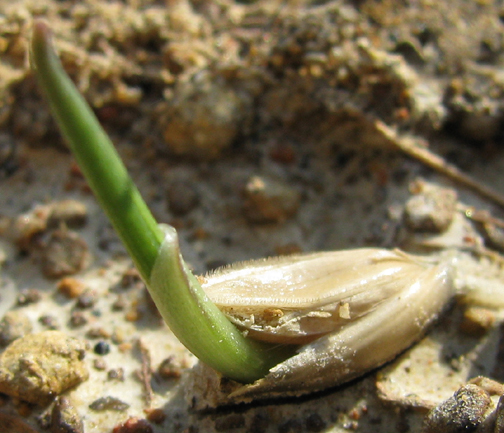

January 1, 2012 at 12:22 pm
keep on rockin’!
January 1, 2012 at 2:41 pm
Looks like fun! Wishing you all good things in 2012!